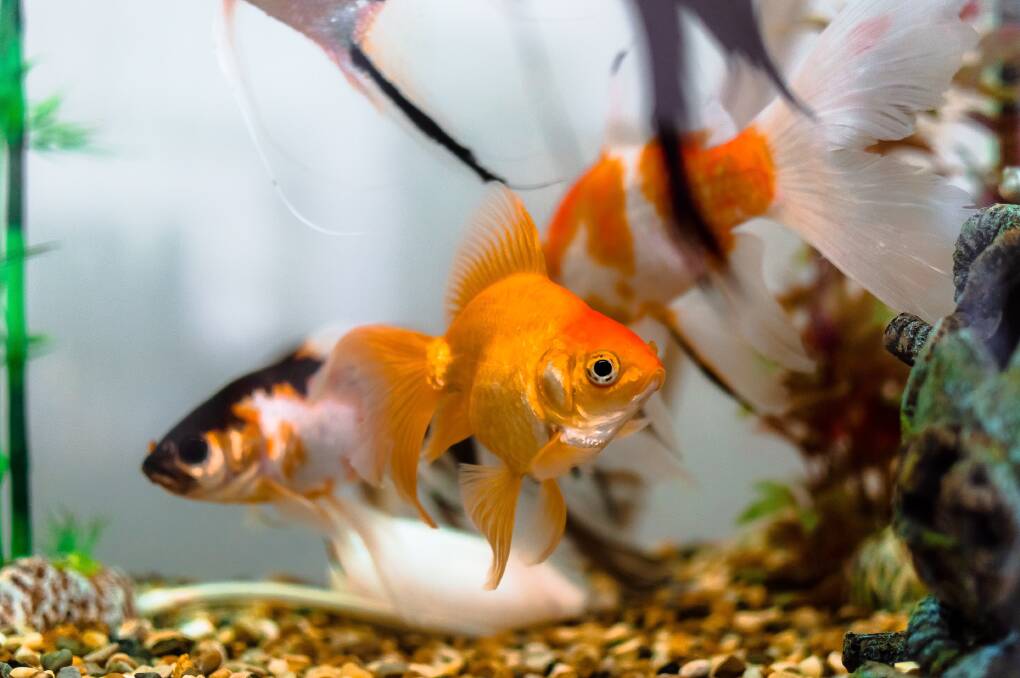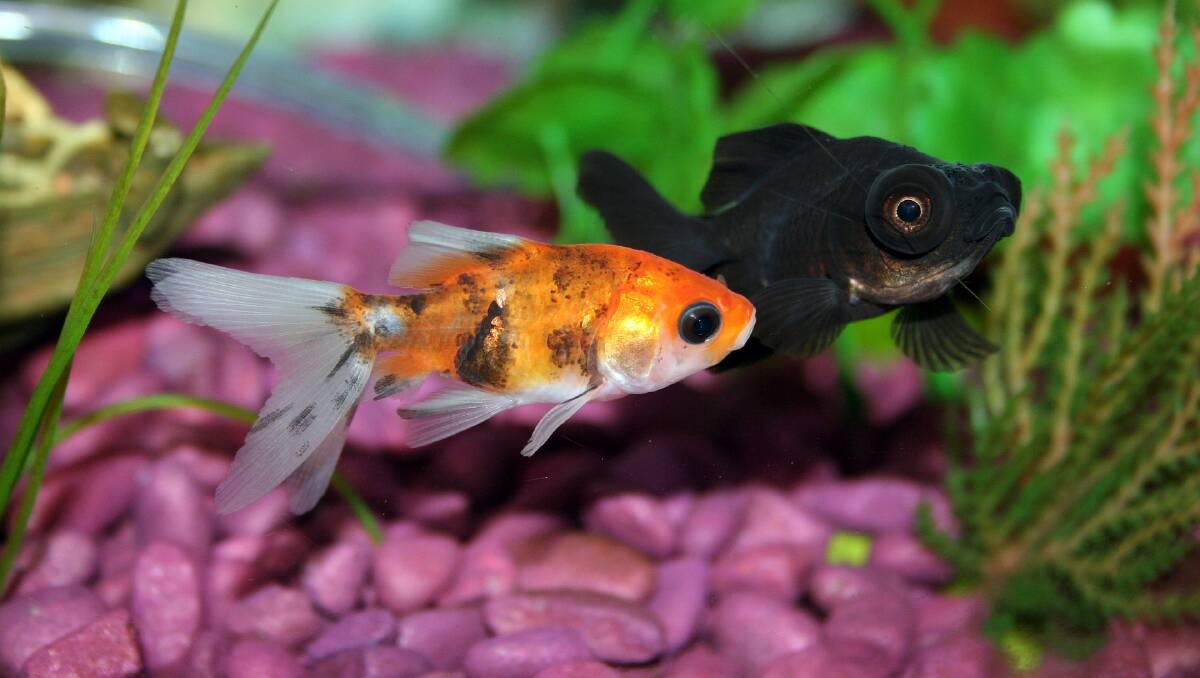YOUR PETS

Goldfish are the most popular of all aquarium fish and are known for their attractive bright colours and engaging behaviours.
As a responsible owner, it's crucial to provide optimal care and an environment that promotes their well-being. Did you know that goldfish can live up to 10 to 15 years on average, and some varieties can reach up to 30 years?
Unfortunately, many do not reach their full lifespan potential or have as good a life as they deserve, due to inadequate care.
Aquarium size and filtration
When choosing an aquarium size and filtration system, consider the adult size and number of goldfish.
Certain types of goldfish may have increased space requirements; for example, slimmer, more active goldfish need larger and longer tanks.
The minimum tank volume should be 50 litres and with the following tank dimensions: length minimum of 4 times adult fish body length, width minimum of 2 times adult fish body length, and height minimum of 3 times adult fish body length.
The more fish you have, the larger your tank will need to be.
Goldfish are heavy feeders and high waste producers who require efficient filtration of a suitable size to maintain water quality and for aeration.
Good filtration will ensure all water is regularly filtered mechanically and biologically via the nitrifying bacteria in the filter media. If the filter does not create bubbles or stir the surface water, aeration with an air stone is needed to ensure that the water is well oxygenated. Ensure the water current is adjustable.
Water quality, lighting, plants, and decor
Maintaining good water quality is essential for keeping your goldfish healthy. Regularly test your water for ammonia, nitrite, and nitrate levels to ensure your biological filtration is working, maintenance is up-to-date, and your aquarium is neither overstocked nor overfed. Additionally, monitor the pH and water temperature.
Goldfish benefit from about 50 per cent plant cover with a mix of dense and open areas to reduce stress and encourage activity. Plants also provide environmental enrichment. Both artificial and live plants are effective, but live plants also absorb waste and provide food. Only source plants from an aquarium store to avoid introducing parasites or disease.
Driftwood and decorations can provide additional cover. Ensure all decorations are smooth and free of sharp edges or small holes to prevent injury or trapping, especially for fancy goldfish with impaired vision.
To minimise algae outbreaks, aquariums should ideally be kept away from direct sunlight or windows. Aquarium lights should be left on for a maximum of 10 hours a day. It is also important that your goldfish have a minimum of eight hours of darkness, so make sure all lights or lamps are turned off at night in the area where your aquarium is located.

Tank maintenance
Weekly Water Changes: Weekly partial water changes of 10 to 25 per cent of the tank water combined with a gravel clean to remove waste is recommended to help your goldfish remain healthy.
Use a gravel siphon from a pet store, and a dedicated fish bucket to avoid harmful residues. Fish can stay in the aquarium while siphoning to minimise stress, though care should be taken not to move too rapidly as this may stress the fish. Never suck on the hose to start a siphon as this can cause human health issues.
Water Replacement: After draining, replace the water with cold tap water. Ideally, use water that has been sitting for a day to allow chlorine to dissipate and reach room temperature.
Before adding any new water, it's important to add the appropriate quantity of an aquarium water conditioner to neutralise the chlorine and chloramine present in the tap water.
Filter Maintenance: Rinse the filter in a bucket of tank water monthly or when clogged. Avoid over-cleaning to preserve beneficial bacteria necessary for breaking down harmful ammonia. Never use tap water for cleaning the filter.
Algae Cleaning: Wipe algae from the tank walls with an aquarium-safe sponge or magnetic glass cleaner. Do not use soap or detergents.
By following these tips and advice, you are on the right track to creating a safe and enriching environment for your goldfish, ensuring they live a happy and healthy life.
For more information, visit the RSPCA Knowledgebase.

